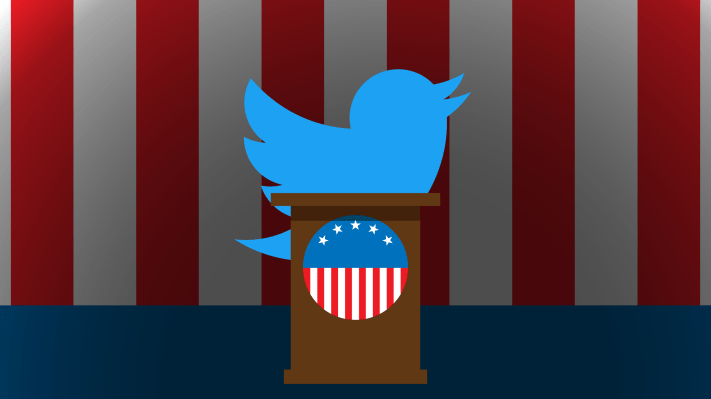We just witnessed, to paraphrase John Oliver, the 2016 U.S. Presidential Election Dumpster Fire F**ktacular. Much of it took place on social media, and much is being written of late about how Facebook and Twitter have changed virtually everything that we’ve come to see as a normal part of an election cycle: the consumption of daily news and facts (or non-facts).
Remember 2012, when we called it the “Twitter Election” due to Obama’s skill in exploiting the fledgling platform? It seems almost quaint now. 2016 will be remembered as the election where the power of Twitter was revealed in full as a platform that can enable an individual with little formal organization to bypass media institutions and speak directly to a populace all the way to the presidency.
On Sunday’s 60 Minutes interview, Trump could hardly contain his self-satisfaction regarding how well Twitter and Facebook had served him.
Why was exploiting Twitter such an advantage for Trump? Because Twitter is an unusually powerful media platform, providing an unprecedented ability to reach anyone in the world, with far less friction than ever before.
That ability points to a deep responsibility for Twitter and Facebook, among others, to acknowledge their roles as arbiters of information that can have historical implications. And it’s possible Twitter and Facebook aren’t up to the task — there is a need for a responsible social network, and if they can’t do it, someone else has to.
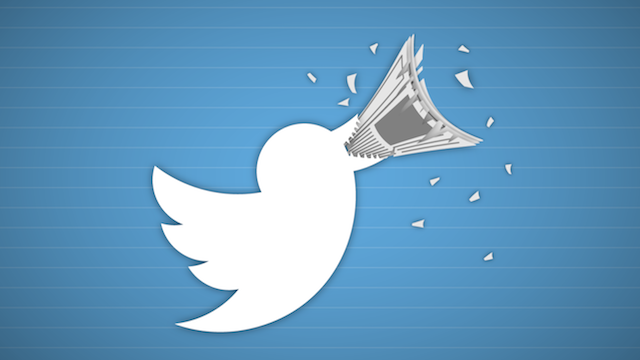
The power of smush
Consider how much has changed in nine short years. Until 2007, if you wanted to build an audience and sell your ideas to millions of viewers, you needed to raise money to build a cable network or a printing office, hire a sales force to sell ads or hire a bunch of Columbia journalism or USC film grads to produce content. You needed to buy cameras and pay business affairs people and all manner of other things.
Not anymore.
Twitter has given anyone and everyone a direct voice to the world by smushing together three things that in traditional media have been mostly separate: distribution, or a platform to connect the world (formerly Comcast or Dish; today the completely commoditized mobile phone and internet); application (formerly the 30-minute video-on-a-screen-plus-ads model; today the pixels that comprise an app like Twitter or Facebook); and content (formerly Rachel Maddow’s show; today tweets and Facebook posts).
The implications of this are profound. First, Twitter owns its own distribution. Because it’s a network, every new user makes the platform that much more essential, whether you’re one of the Monthly Active Users that Twitter is so often maligned for not adding fast enough — or whether you’re one of the hundreds of millions of people who are consuming news elsewhere about what’s happening on Twitter. Traditional media amplification of Twitter content doesn’t get Wall Street excited, but it nonetheless solidifies Twitter’s place in the world. Prior purveyors of the pipes to consumers (like cable companies) had neither the leverage nor the capabilities to play the role of content arbiter with subscribers.
Next, because the application is owned by Twitter, the company has as much power in determining how people consume and create that content as the earliest creators of movie cameras, network television and production houses had in the 1930s when TV was just becoming a thing.
We take these now-“traditional” formats as gospel, but they were merely invented by normal people in charge of the early medium, and they persist to this day. Similarly, Twitter’s founders (and the communities they enable), by intentionally designing the user experience that we all consume, shape what gets out of our phones and into our brains. More than ever before, the medium shapes the message.
And finally there’s the content: free, live, visceral, formatted specifically for this application and ready to deliver 140 characters, photos, videos, Vines (RIP), etc. of noteworthy and not-so-noteworthy stuff right to your phone, computer or (Apple) TV.
So new platforms unprecedentedly combine Comcast, Sony and MTV into a single, powerful platform controlled by one team. Gatekeepers are removed at every step, and anyone can participate. That’s why owning a share of Twitter (or Facebook, Snapchat or Instagram for that matter) is like owning a share of an entire media ecosystem, indeed like owning the whole cable industry, not merely a single company or player within it.
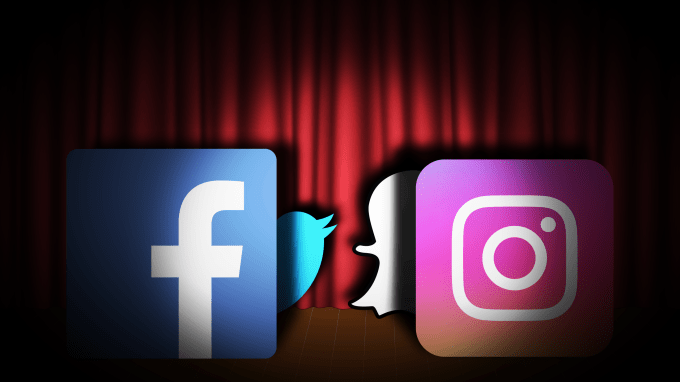
I don’t want (or need) my MTV
Historically, with every other new media platform since Gutenberg invented movable type, once a new media platform is created (books, newspapers, magazines, radios and television), the first major media starts broad, attempting to bring as many people as possible to the new platform (like the original “Big 3” broadcast networks). Then, over time, once people are used to the new platform, verticalization occurs to super-serve certain demographics or constituents, like Nickelodeon serving kids or MTV serving teens. People self-select into the various cable channels, but the major broadcast networks remain to serve a mainstream audience a more diverse set of perspectives.
But with social media you have an added dynamic: personalization. No one person’s Facebook or Twitter feed looks like anyone else’s. There’s little room for an MTV to come and super-serve the teen demo on Twitter: Teens usually do it themselves by creating a follower graph that serves their needs. If they can’t find what they’re looking for, they switch applications entirely (hence, in part, the rise of Snapchat).
This means that whether users actively want access to a very limited stream of information, or if they simply engage more with a certain kind of content, they end up with a far narrower information stream.
My friends from my poor hometown in South Texas see a very different Facebook News Feed than I do, even without active curation, because they engage with only a certain kind of story and, in turn, Facebook reinforces that interest. While Twitter’s real-time stream invites some amount of surprise and diversity into the experience, it’s nothing like knowing that we all saw the same nightly CBS/NBC/ABC news show, regardless of geography.
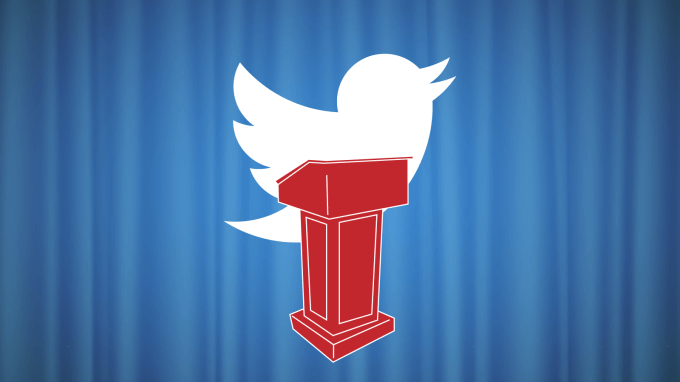
Taming the bird
So Twitter and Facebook today are wholly owned news and information platforms, praying mainly at the altar of increased engagement, with personalized, increasingly limited information streams, no embedded gatekeepers and completely open participation.
The 2016 election and Trump’s victory in part show how powerful this democratization can be, because when one masters Twitter, one can impact public discourse as much or more than can the highest-rated TV network. For example, Fox News has a 1-2 million total viewer count on its best day. Trump’s Twitter account reaches 15.3 million people every time he says something. This kind of reach makes a platform like Twitter very hard to unseat.
But when we rely on the community of users and followers to be the gatekeepers, to take the place of all those trained and experienced folks who have made up the media institutions that we’ve relied on for so long, we can also see what’s missing — and the consequences of omission are severe. As many have noted, conversation about the election was deeply marred by rapid sharing of false truths and misinformation, with no filter. Because most people today get their news from social networks, this is deeply troubling.
The platforms, Twitter and Facebook among them, have to take responsibility — because claiming neutrality at this stage, hiding behind the “technology company” label, when they represent such platform-level power, is absurd. It comes down to two things:
- Trust and safety remain Twitter’s Achilles’ heel. Limiting the worst parts of Twitter doesn’t limit free speech; it enables it by providing a safe space for dialogue. Twitter knows it needs to get this right; now that the role of Twitter as a veritable utility is self-evident, let’s hope they do it. Del Harvey’s announcement Tuesday is progress, but it’s far from adequate, essentially requiring the targets of abuse to turn the other cheek. There’s much more work to do here.
- Simple means, built into the core product, of promoting truth and validation: Besides an active retweet, there’s hardly a way to indicate that a piece of content is false, or signal a question about the content’s validity. Ben Thompson at Stratechery in his excellent Election Day post stated well how the problem is even worse on Facebook than it is today on Twitter:
“…the News Feed algorithm is a big reason why Facebook Squashed Twitter. Giving people what they want to see will always draw more attention than making them work for it, in rather the same way that making up news is cheaper and more profitable than actually reporting the truth.
And yet it is Twitter that has reaffirmed itself as the most powerful antidote to Facebook’s algorithm: misinformation certainly spreads via a tweet, but truth follows unusually quickly; thanks to the power of retweets and quoted tweets, both are far more inescapable than they are on Facebook.”
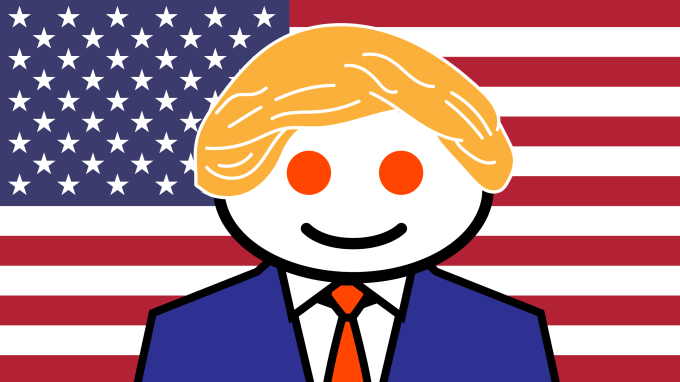
A new social platform?
Could emerging entrepreneurs create a new social platform that combines the expression, creativity and easy trading of social currency that we see from Facebook and Twitter, but with an eye to more thoughtful discourse? Something that captures the clear need we have as citizens to develop and express identities around news and information, but with built-in means to edit bad information and non-constructive conversation?
Even given the enormous network effects inherent in the major social media platforms, creating a new one isn’t quite as ludicrous as it may sound. If Facebook and Twitter are, indeed, new whole-cloth media platforms, then we’ve witnessed the creation of no less than seven such global platforms with more than 100 million users (and in some cases, a billion or more users) in the last decade alone: Facebook, Twitter, Instagram, Snapchat, WhatsApp, Telegram and Pinterest. And I’m not even including the massive Asian platforms, such as WeChat and LINE.
When big challenges present themselves, we look to both the established players and emerging entrepreneurs to take big risks to make things better. I’m excited to see how this moment in time galvanizes entrepreneurial attention on making social networks work in our new world.
